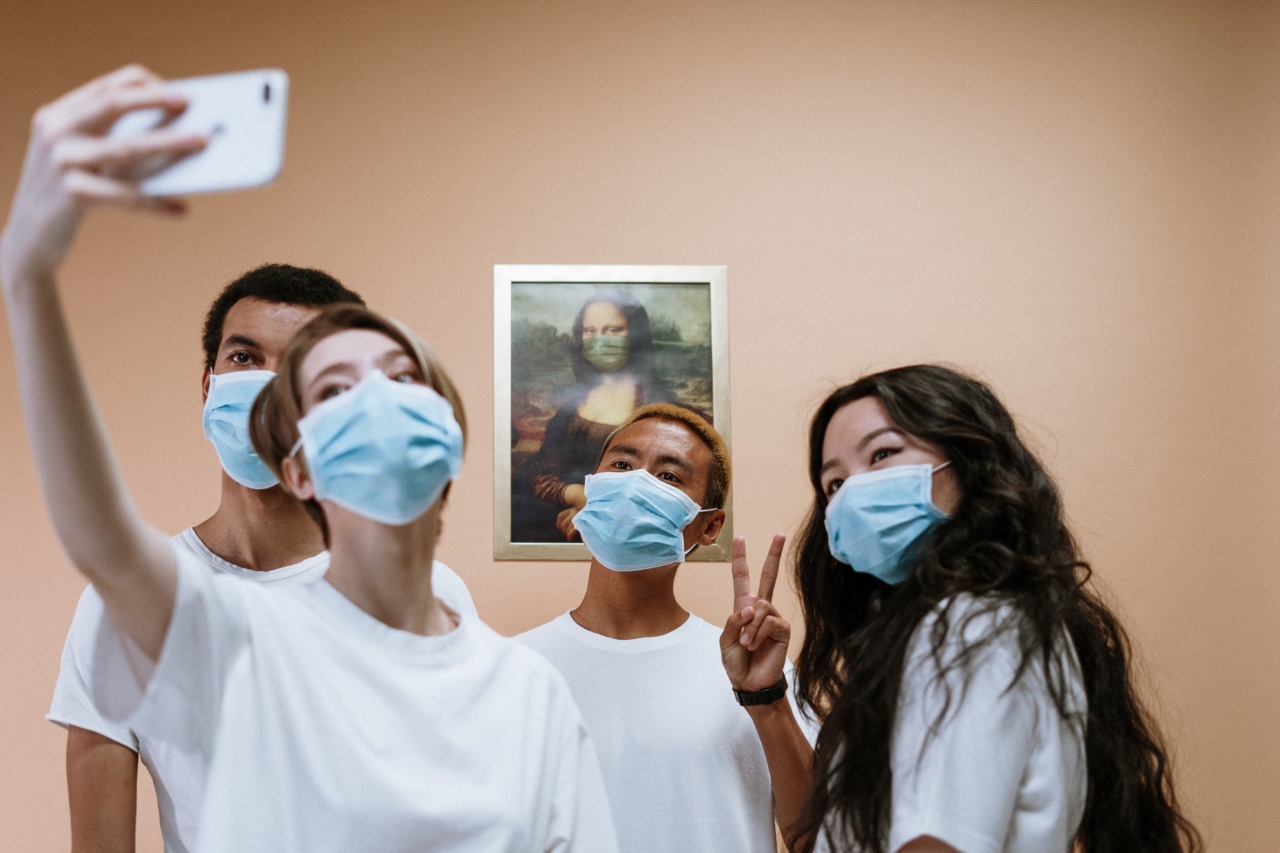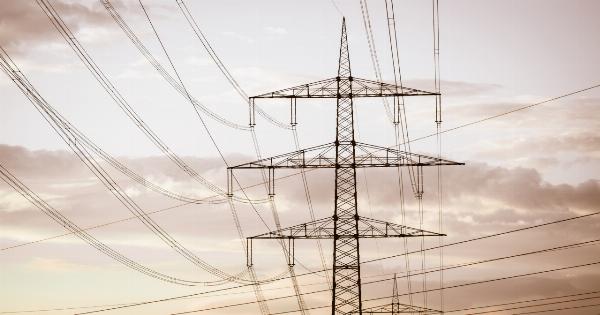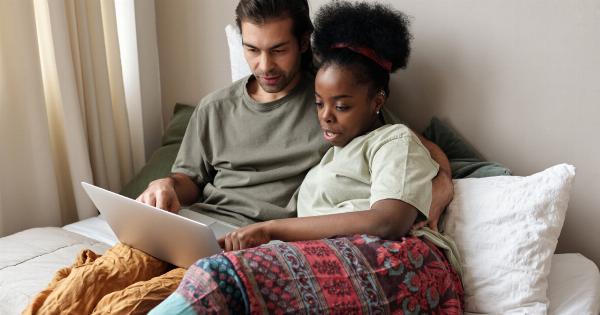Koroneovirus, also known as COVID-19, has dramatically impacted the lives of people worldwide. As the virus continues to spread, one of the key strategies for containing its transmission is patient isolation.
Isolating infected individuals helps prevent the virus from spreading to others and allows for proper medical care to be provided. However, determining the optimal time frame for patient isolation can be challenging. In this article, we will explore the ideal duration for patient isolation in the case of Koroneovirus.
Understanding the Koroneovirus
Koroneovirus belongs to a large family of viruses that can cause illness in both animals and humans. It was first identified in late 2019 in Wuhan, China and has since spread to numerous countries, leading to a global pandemic.
The virus primarily spreads through respiratory droplets when an infected person coughs, sneezes, or talks. COVID-19 can cause a wide range of symptoms, from mild to severe, with some individuals being asymptomatic.
Due to the contagious nature of the virus, it is crucial to implement measures to prevent its transmission.
Patient isolation is a critical component of these measures, as it separates infected individuals from healthy ones and reduces the risk of further spread.
The Importance of Time Frame
When it comes to patient isolation, determining the appropriate time frame is essential for effectively preventing transmission and ensuring appropriate medical care.
A well-defined time frame allows healthcare professionals to prioritize resources, monitor patients, and make informed decisions about their treatment and eventual release.
Incubation Period
The incubation period, which refers to the time between exposure and the onset of symptoms, plays a pivotal role in determining the time frame for patient isolation.
For Koroneovirus, the incubation period has been estimated to range from 2 to 14 days, with an average of about 5 days.
Based on this information, individuals who have been in close contact with a confirmed case of COVID-19 are typically advised to isolate themselves for a period of 14 days.
This duration covers the maximum incubation period and allows for the observation of potential symptoms.
Mild and Moderate Cases
For patients with mild to moderate symptoms, the ideal time frame for isolation can vary depending on their individual circumstances and the progression of their symptoms.
Generally, a period of at least 10 days from the onset of symptoms is recommended. This 10-day period ensures that patients remain isolated until they are no longer considered contagious.
It is important to note that the resolution of symptoms alone is not sufficient to determine the end of isolation.
Evidence suggests that individuals infected with Koroneovirus may continue to shed the virus for several days after their symptoms have resolved. Therefore, a time-based approach is preferred over a symptom-based one.
Severe Cases and Hospitalization
In severe cases of COVID-19 or when hospitalization is required, patient isolation may need to be extended beyond the typical time frames.
This is to ensure that patients have fully recovered, are no longer contagious, and are stable enough to be discharged without posing a risk to themselves or others.
Severe cases often require a more comprehensive medical approach, including specialized treatments and close monitoring.
The duration of isolation for these cases can vary depending on the severity of the illness and the individual’s response to treatment. Healthcare professionals closely evaluate the patient’s progress, conduct regular testing, and consider factors such as viral load and the presence of underlying medical conditions.
Post-Isolation Precautions
Once the isolation period ends, it is crucial for individuals to follow specific precautions to prevent further spread.
This includes maintaining good hand hygiene, wearing face masks when in public spaces, practicing physical distancing, and avoiding close contact with individuals at high risk for severe illness.
It is also important to note that individuals who have had Koroneovirus and subsequently recovered may still be at risk of reinfection in the future.
The duration and level of immunity after infection remain subjects of ongoing research and investigation. Therefore, even those who have had the virus should continue to adhere to recommended preventive measures.
Conclusion
In conclusion, patient isolation is an essential strategy for containing the transmission of Koroneovirus.
Determining the appropriate time frame for isolation is crucial for preventing the spread of the virus, ensuring adequate medical care, and making informed decisions about a patient’s release. While the general recommendation is a 14-day isolation period for those in close contact with confirmed cases, the ideal duration for patient isolation can vary based on the severity of symptoms, the progression of the illness, and individual factors.
Post-isolation precautions are equally important to prevent reinfection and further transmission.



























